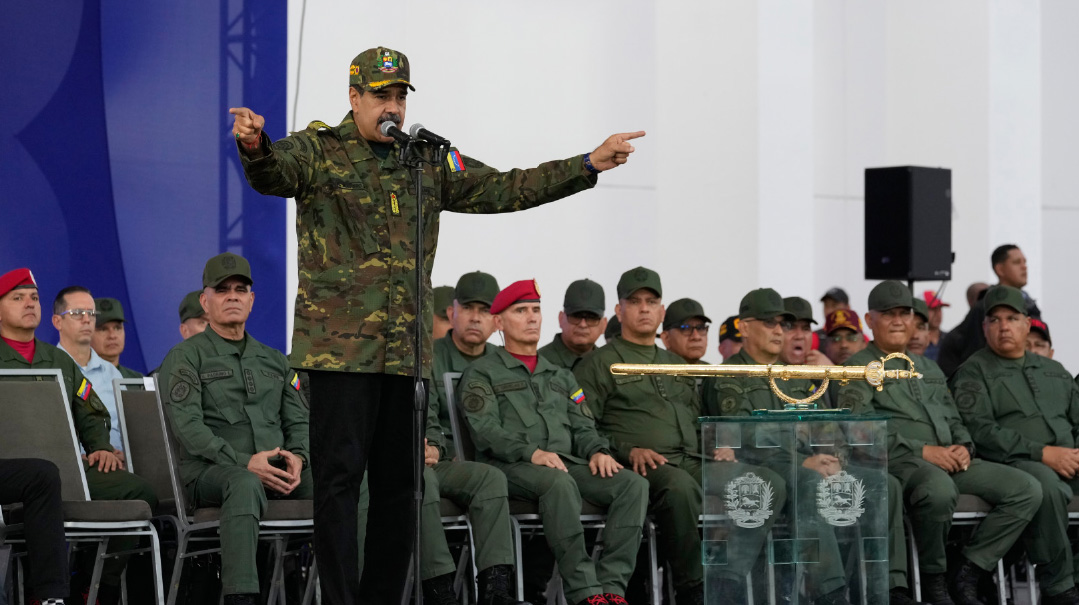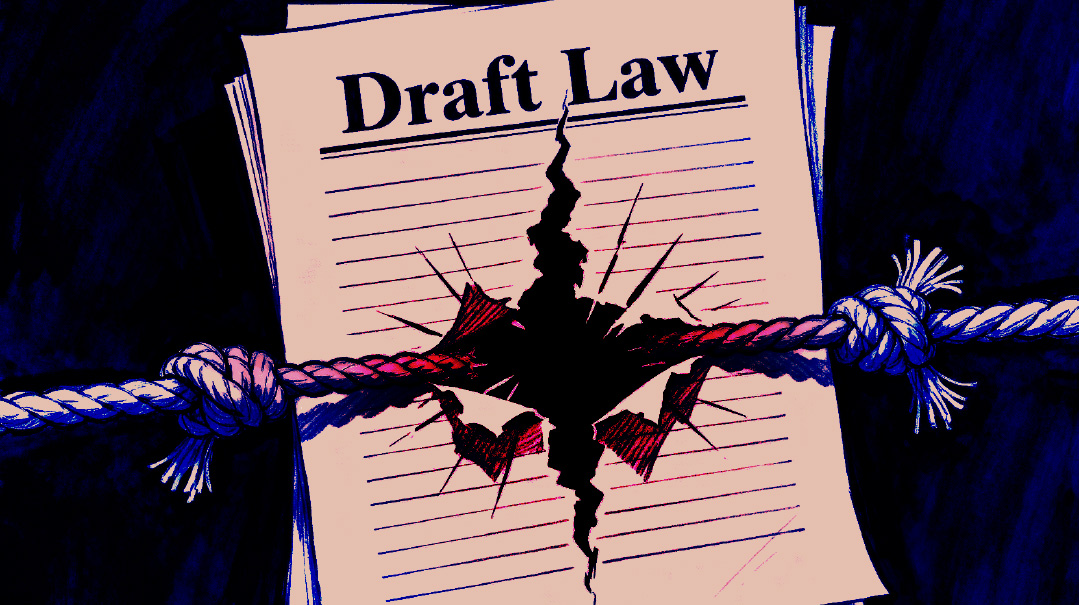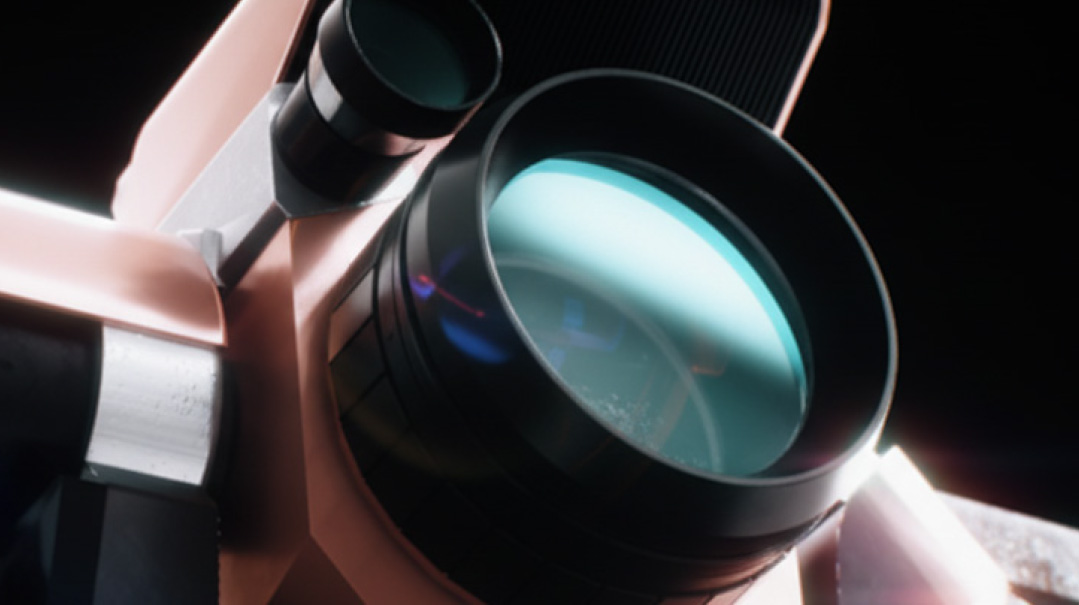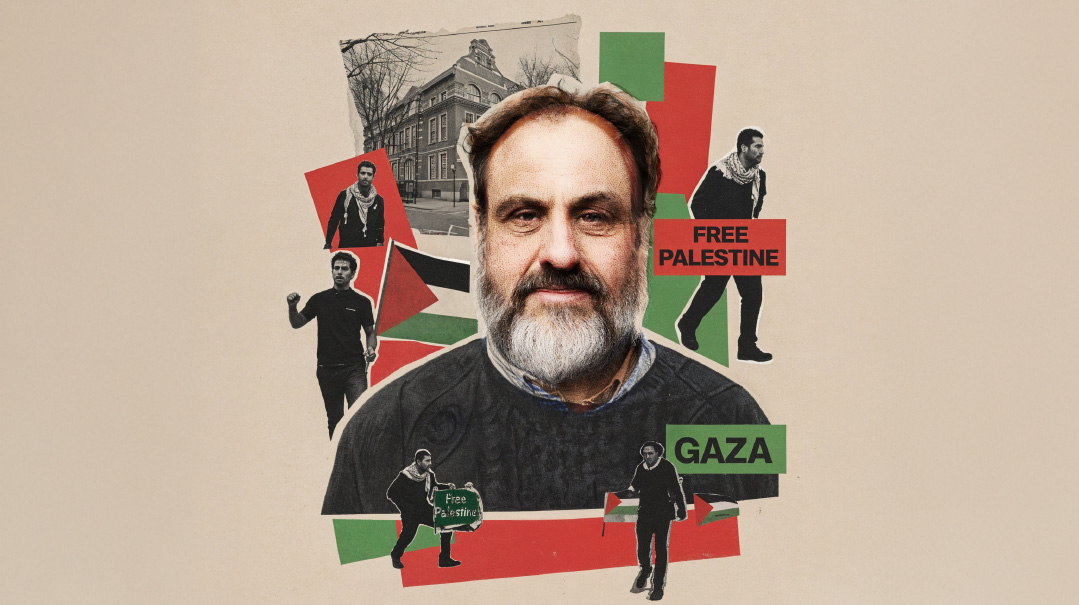Zero Tolerance
| February 27, 2024In the post–October 7 world, the once-notoriously lax conditions for Palestinian terrorists in Israeli jails have disappeared
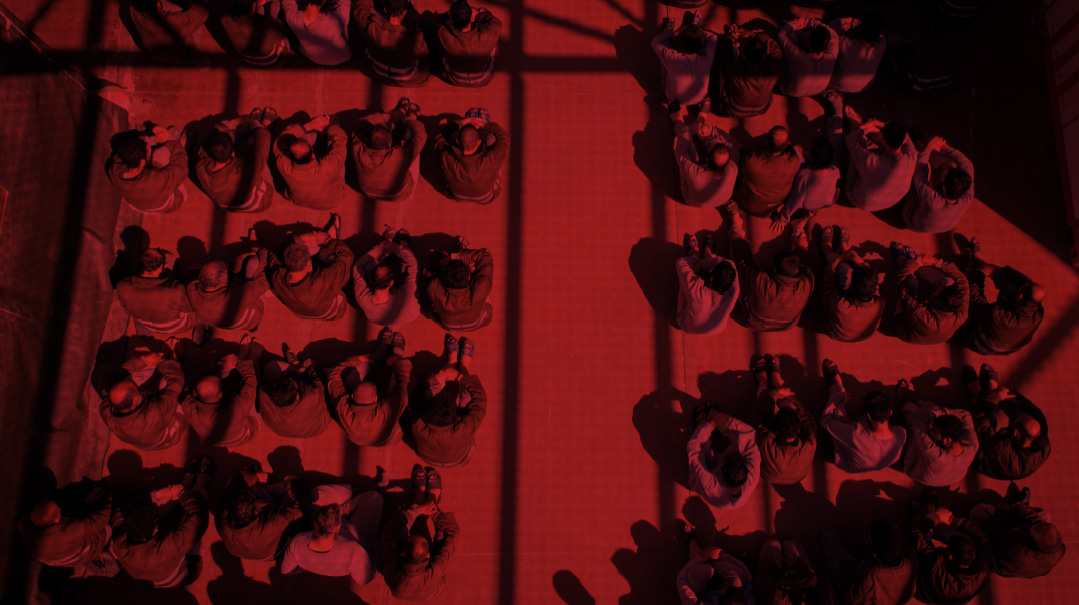
Photos: Itzik Belinsky
In the post–October 7 world, the once-notoriously lax conditions for Palestinian terrorists in Israeli jails have disappeared. Instead, as a close-up view of the holding cells for Hamas’s Nukhba murderers shows, jailtime is meant to serve as a deterrent that won’t be easily forgotten
T
he iron gate clanks opens. A stern-looking band of armed guards greets us.
Over there, behind those bars, is where the world’s most reprehensible criminals are incarcerated.
Welcome to the living nightmare of the Nukhba terrorists — those still breathing, for now.
We enter the gates of the detention facility at an isolated location in the south of the country. This prison, which covers hundreds of dunams, is the most isolated and well-guarded in the country. Its two compounds house more than a thousand Hamas terrorists from various sectors. The few perpetrators of October 7 who survived have been held in one of these compounds since the start of the war, and their ranks were later swelled by Nukhba terrorists who surrendered during the ground maneuver in Gaza. The second compound houses Hamas terrorists from Judea and Samaria.
We accompany the prison commander, Brigadier General Yosef Knipes, to Compound C — the Nukhba compound.
The complex is divided into four massive cages, among which are a number of tents, restrooms, shower stalls, and a water tap. Each compound is dominated by a secure control center, an interrogation room, and a courtroom designated for remote hearings. Guards patrol with weapons drawn 24 hours a day.
We join Keter unit forces preparing to enter for the roll call, one of four held each day. The prison commander briefs his men, and we receive our own briefing for an emergency scenario. The tension is high. On the other side of that gate are some of the vilest murderers of human history. A single mistake could turn our visit into a disaster.
The guards’ demeanor clearly communicates their intention: Any terrorist who tries to get smart will be signing his own death warrant. As we’ll see, there are no more games here. Zero tolerance is the new motto.
Oops! We could not locate your form.

